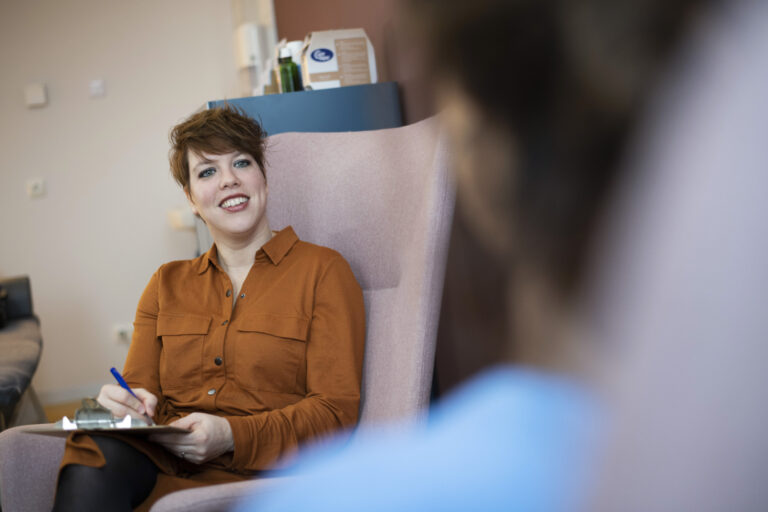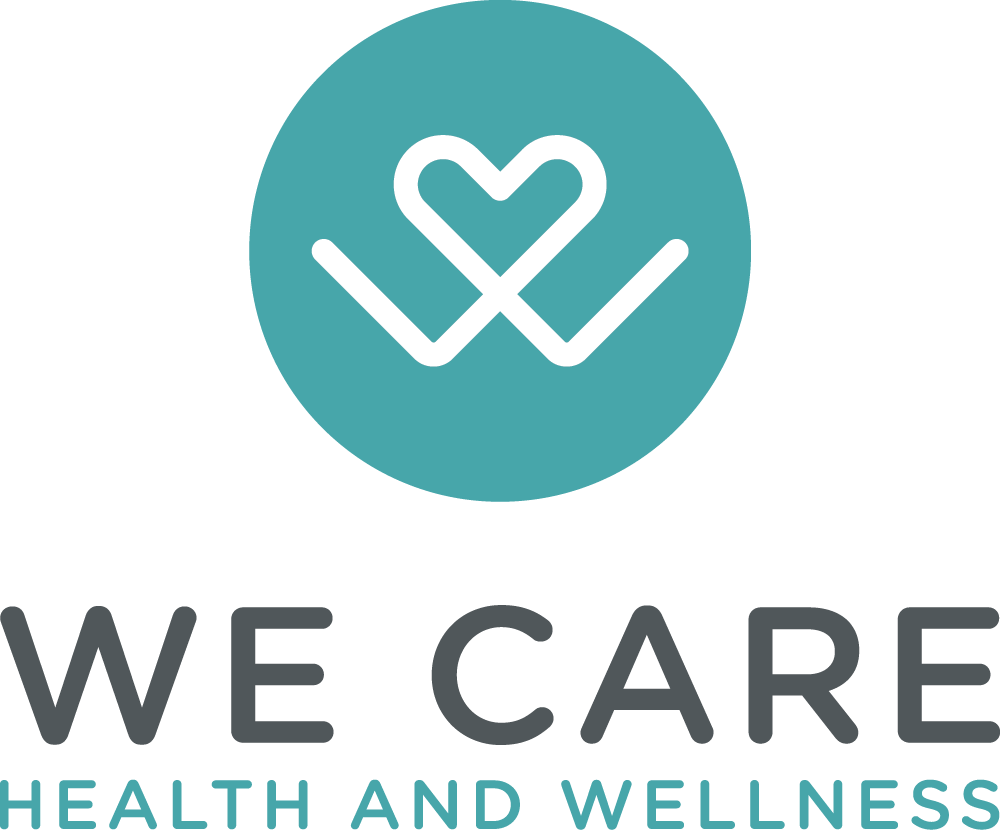Living with anxiety can feel like carrying an invisible weight—one that tugs at your thoughts, disrupts your routines, and makes even the simplest tasks feel overwhelming. While no single solution works for everyone, many people have found that gentle, intentional movement offers a powerful, natural way to ease anxiety’s grip.
In this article, we’ll explore how exercise supports emotional recovery, what the research says about its mental health benefits, and how you can incorporate calming movement into your daily life—at your own pace and in your own way.
Why Exercise Matters in Anxiety Recovery
Anxiety isn’t just “feeling nervous.” It’s a physiological and emotional response that can manifest through racing thoughts, muscle tension, trouble sleeping, and more. It can feel isolating—but you’re not alone. Millions of people experience it, and many have found that regular movement plays an important role in managing symptoms.
When we move our bodies, we stimulate the release of endorphins—chemicals that naturally reduce stress and help us feel better. Exercise also helps regulate cortisol and adrenaline, the hormones tied to our fight-or-flight response, which often become overactive in people with anxiety.
Just as importantly, movement creates space. Space to shift focus. Space to breathe. Space to reclaim moments of calm.
The Brain-Body Connection: What the Science Says
Exercise doesn’t just affect your muscles—it changes your brain. Studies show that regular physical activity increases levels of serotonin and dopamine, two key neurotransmitters that help regulate mood and emotional well-being. It also encourages neuroplasticity, the brain’s ability to adapt and recover, which is a vital part of healing from chronic stress or trauma.
Here’s what research has found:
- Boosts mood-regulating neurotransmitters like serotonin and dopamine
- Reduces stress hormone levels, helping ease anxiety symptoms
- Improves neuroplasticity, enhancing emotional resilience over time
These are meaningful changes—backed by science, and felt deeply by those who experience them.
Gentle Ways to Move When You’re Feeling Anxious
Not all exercise needs to be high intensity to be effective. In fact, some of the most helpful forms of movement for anxiety are slow, steady, and mindful. The goal isn’t to “burn off” anxiety—it’s to meet your body where it is and offer it support.
Aerobic Activity
Walking, biking, swimming, or dancing—any rhythmic movement that elevates your heart rate slightly can help regulate stress responses and lift your mood. Even 15–20 minutes a few times a week can make a difference.
Mindful Movement
Yoga, tai chi, or gentle stretching routines blend physical movement with focused breathing and awareness. These practices help calm both the mind and body, offering a restorative pause in your day.
Strength Training
Strength-based exercises, whether using weights or your own body resistance, can help build confidence and provide a sense of groundedness. Many people find that the focus required offers a healthy break from anxious thoughts.
Tips for Starting (and Sticking With) a Routine
You don’t need to overhaul your lifestyle to benefit from exercise. Small, consistent efforts matter—and they add up. Here are a few ways to ease into a more active rhythm:
- Set gentle, achievable goals. Start with just a few minutes a day.
- Choose activities you enjoy. This isn’t punishment—it’s care.
- Mix it up. Variety keeps things interesting and prevents burnout.
- Make it social (if that feels good). A walk with a friend can lift both your spirits.
- Track how you feel. Some people find it helpful to journal their mood or symptoms alongside their movement.
A Compassionate Step Forward
Beginning any new habit—especially when you’re navigating anxiety—is an act of courage. It’s okay if some days feel easier than others. What matters is your willingness to show up for yourself, in whatever way you can.
Exercise isn’t a cure-all, but it can be a reliable, restorative tool on your path to feeling better. If you’re exploring ways to care for your mental health, know that gentle movement can be part of a healing process grounded in self-respect and hope.
You’re not alone in this. And every step counts.





